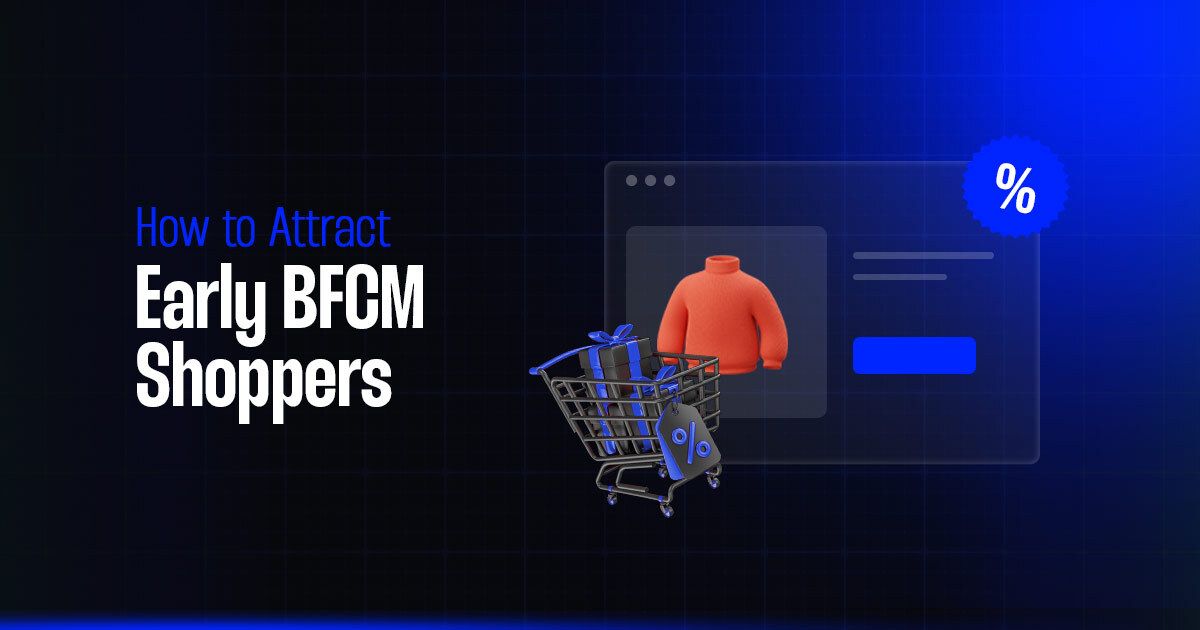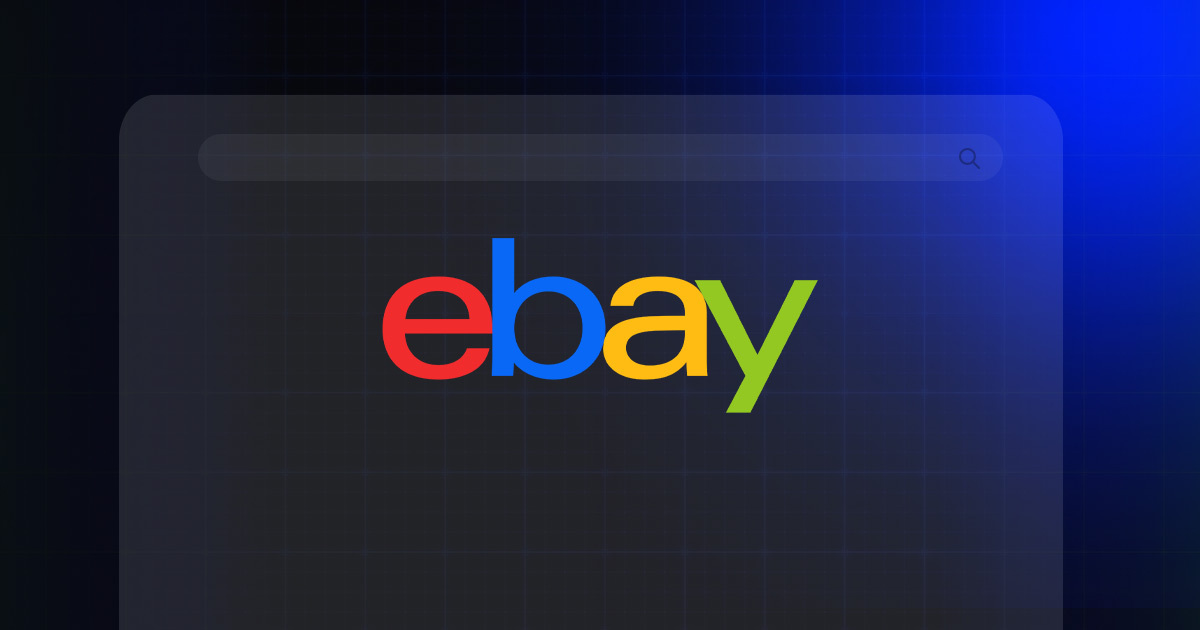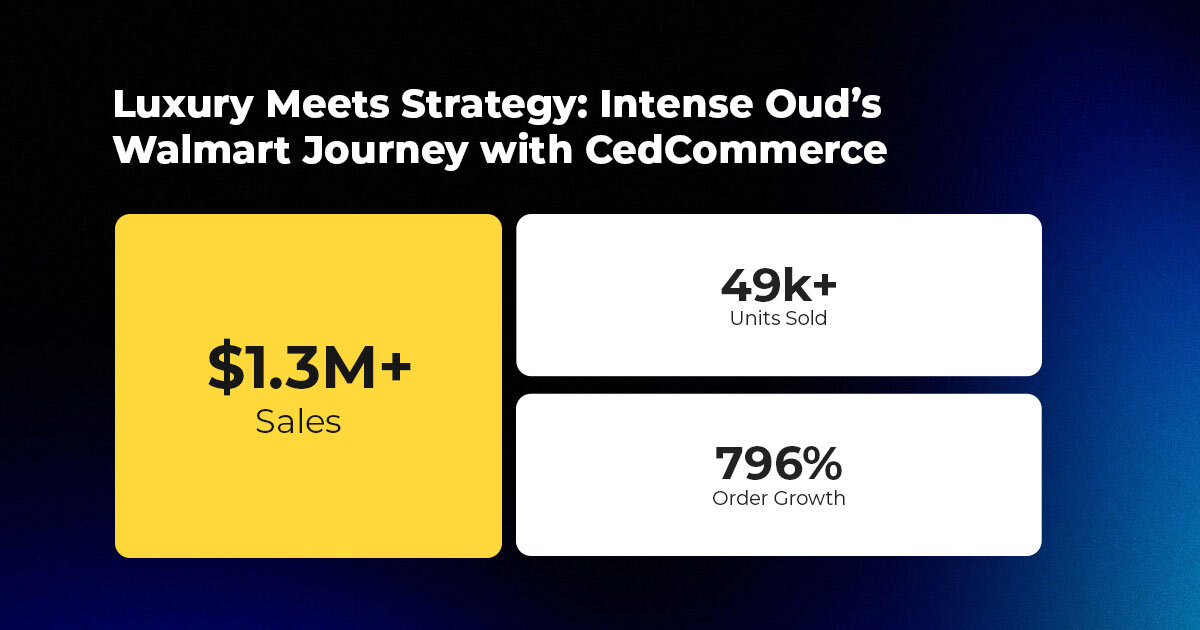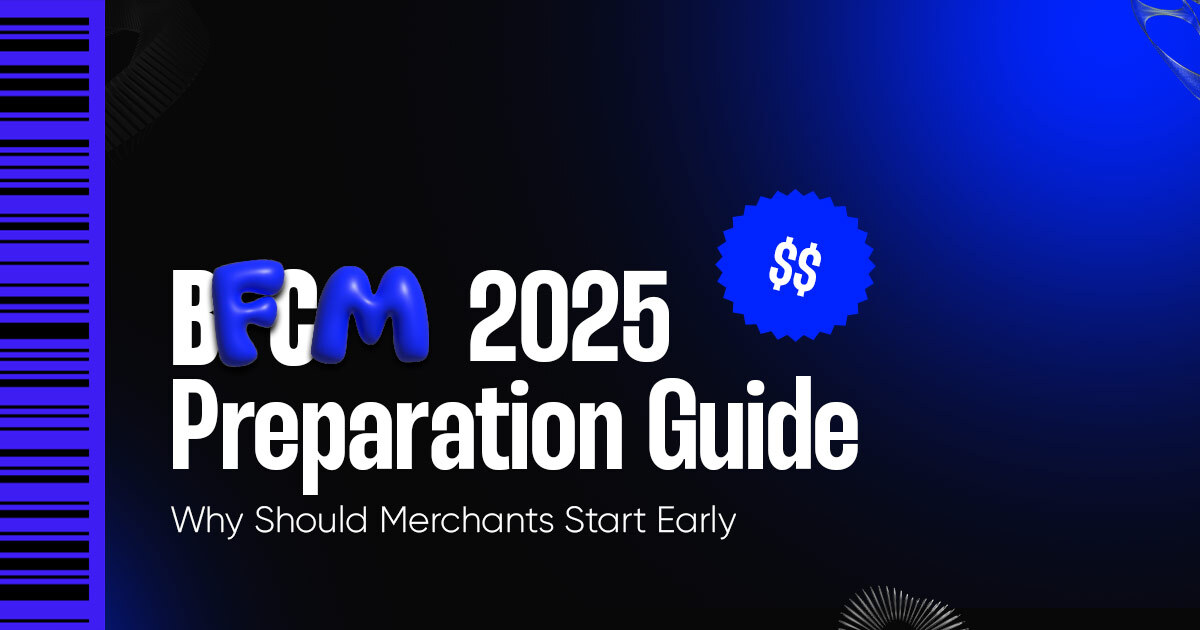How to Attract Early BFCM Shoppers: Holiday Content & SEO Guide for Sellers
Think Black Friday is when holiday shopping begins? Think again. Your future customers are already
Multichannel eCommerce is a landscape where opportunities abound and boundaries blur. The synergy between Shopify and Amazon has emerged as a gateway to amplified success. Imagine instantly moving your Shopify products to Amazon’s virtual aisles – a strategic move that can ensure increased product visibility and exposure. Learn how to import Shopify products to Amazon to explore the full potential of your business with our step-by-step guide.
Whether you’re wondering how to export products from Shopify or just want a smooth way to connect the two channels, CedCommerce has got you covered.
Let’s simplify the journey together, from idea to execution, and turn your business goals into reality.
While there are several options to export Shopify products to Amazon, here are the primary ways to do so:
When it comes to selling your Shopify products to Amazon, the traditional manual approach of listing products individually can be slow and error-prone. However, there’s a smarter way: third-party integration.
Integration tools bring a host of benefits, making the process of exporting Shopify products to Amazon smoother and more efficient.
Time and Effort Savings:
Unlike the manual method, a third-party integration automates the process of importing Shopify products to Amazon. This means you don’t have to spend hours entering data for each product. It’s all done seamlessly, saving you time and effort.
Real-Time Updates:
One of the standout advantages of third-party integration is real-time synchronization. Any changes you make to your Shopify listings – be it inventory levels or pricing – are instantly reflected on Amazon. This eliminates the risk of discrepancies and ensures your customers always see accurate information.
Reduced Errors:
Manual listings can lead to typos, pricing mistakes, and missing details. With third-party integration, these errors are significantly minimized. Your product data is transferred accurately, giving you peace of mind that your Amazon presence is consistent and error-free.
Comprehensive Management:
Beyond simplifying the listing process, tools like CedCommerce offer additional features. They help you manage orders, track inventory, and analyze performance. This comprehensive toolkit lets you focus on growing your business strategically rather than getting caught up in manual tasks.
Focused Strategy:
Freeing up valuable time and resources enables you to concentrate on refining your marketing, enhancing your product offerings, and delivering top-notch customer service. It’s a strategic shift that can expedite your success on both Shopify and Amazon.
In the competitive marketplace, third-party integration stands as a powerful tool to export Shopify products to Amazon.
Its efficiency, accuracy, and comprehensive support, as seen with the CedCommerce Amazon Channel app, empower you to harness the potential of both platforms seamlessly. It’s not just about streamlining tasks; it’s about leveraging new growth opportunities.
While third-party integration tools offer a clear path to streamlined multichannel selling, it’s important to be aware of some potential considerations. Let’s explore some common challenges faced by Amazon-Shopify sellers using these integrations:
While these challenges might seem daunting, leveraging the right tools can help you transform your multichannel experience into a well-oiled engine, propelling your business forward on both Amazon and Shopify.
Remember, a capable integration is not just about automation – it’s about harnessing technology to encourage informed strategies to drive long-term success.
Fortunately, you can navigate multichannel challenges by finding the right tools to connect and manage your Amazon and Shopify stores. You’ve likely encountered challenges that come with integrating these platforms before. However, this standout solution aims to eliminate those pain points and pave the way for a smoother, more efficient multichannel experience: the CedCommerce Amazon Channel app.
Let’s explore how CedCommerce addresses common seller pain points head-on, by allowing you to:
Importing and publishing Shopify products to Amazon can be a daunting task. CedCommerce streamlines the process and helps you:
CedCommerce Amazon Channel enables you to manage your Amazon and Shopify stores efficiently.
By automating tasks and simplifying complex processes, such as importing Shopify products to Amazon, the app frees up your valuable time so you can focus on what truly matters – improving your products and serving your customers.
Listing Shopify products to Amazon with CedCommerce makes the entire process simpler than ever before. Below is a detailed step-by-step guide to help you export Shopify products to Amazon:
If you don’t already have one, create a Professional Seller account.
Addressing any upload issues is essential. The app notifies you regarding missing information or incorrect data, allowing you to quickly resolve them.
Finally, the app will inform you when your products are successfully uploaded. Take a moment to review your Amazon listings within the app and ensure they appear as per the data shared by you.
In conclusion, the journey from Shopify to Amazon is not just a mere transition; it’s a strategic leap that can propel your eCommerce business to new heights.
The synergy between these two platforms offers immense potential, but it’s crucial to navigate this landscape with careful planning and efficient execution.
As we’ve explored in this guide, there are several methods to export your Shopify products to Amazon. However, where time, accuracy, and comprehensive support are paramount, the CedCommerce Amazon Channel app emerges as the intelligent choice. Here are some frequently asked questions to help you get started.
There are two main methods: listing directly through Seller Central (which requires a seller account) or using a third-party integration like CedCommerce Amazon Channel, which streamlines the process.
Listing a product on Amazon is free. However, Amazon charges selling fees per item sold, which vary depending on the product category, and other fees, such as referral fees. Additionally, subscription fees are based on your chosen selling plan.
Creating a listing involves providing detailed product information, including title, description, images, category selection, and pricing. CedCommerce simplifies this process with a user-friendly interface and bulk upload capabilities.
Amazon’s selling fees vary depending on the product category. You can find a breakdown of fees on the Amazon Seller Central website.
Still have questions? Don’t hesitate to reach out to us in the chat box.
We’ll help you navigate the integration process and unlock the full potential of seamless Shopify and Amazon integration for your business.

Think Black Friday is when holiday shopping begins? Think again. Your future customers are already

eBay is rolling out eBay Live in the UK, offering sellers a new way to

eBay is giving its auto parts and accessories marketplace a tune-up, announcing the launch of

Walmart is set to revamp its Pro Seller Program at the end of September 2025,

Pinterest is diving headfirst into the burgeoning secondhand market with the launch of “Thrift Shop,”

Why Pinterest Is a Growth Channel for Etsy Sellers Discovery drives eCommerce growth. With 482

In a strategic move to enable smaller businesses with global ambitions, international logistics giant DHL

In a turn of events that highlights the volatility and responsiveness of global eCommerce logistics,

About the Brand Name: Intense Oud Industry: Luxury Fragrance Location: US Luxury isn’t just a

Tariffs. AI-driven marketplace algorithms. The repeal of de minimis. And ad costs rise Y-O-Y. For

What’s Changing Beginning September 1, 2025, TikTok Shop will require all advertisers to run promotions

Amazon is making one of the biggest catalog cleanups in recent memory. Starting September 2,

Amazon Business is marking its 10th anniversary in 2025, celebrating a decade of transforming business

Best Buy has entered the growing “marketplace-as-a-service” trend by launching its first U.S. online marketplace

Etsy is experimenting with a new tiered ad strategy for sellers—currently in beta—that requires a

As announced, Amazon has officially opened submissions for its Prime Big Deal Days (October) and

Amazon is making grocery delivery more convenient than ever for its Prime members. As of

TikTok is no longer just shaping shopping trends—it’s now building the infrastructure to deliver them.

As eBay celebrates its 30th anniversary, the marketplace is doubling down on artificial intelligence to

eCommerce sellers, and those selling on Amazon, are entering a critical pre-Black Friday Cyber Monday